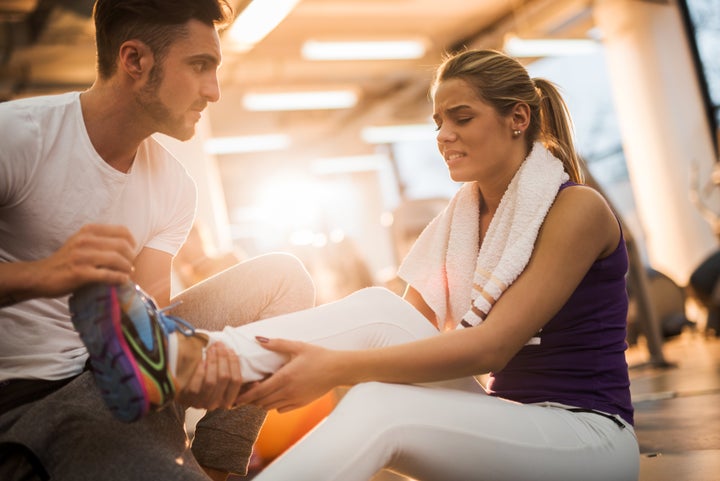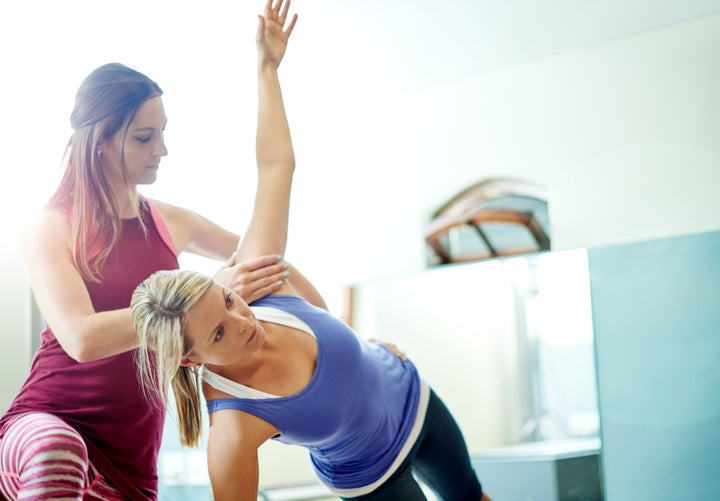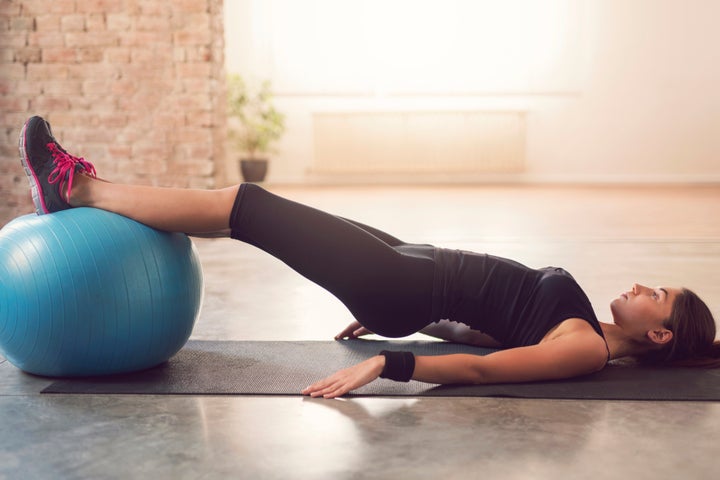
When you’ve suffered the setback of a sporting injury, taking up pilates might not seem like the obvious next step. But there’s more to the popular fitness technique than toning up women’s pelvic floor muscles – and an increasing number of physical therapists are incorporating it into their rehabilitation programmes.
The idea is nothing new: German born Joseph Pilates began developing the discipline while interned in Britain during World War I as a form of rehabilitation for injured soldiers. Over recent decades, it has been adapted as a popular form of low-impact exercise, with its emphasis on building core strength to improve posture, flexibility and mental awareness – and is often aligned with that other low-impact stalwart, yoga. But the therapeutic roots of pilates have not been forgotten. Today, the likes of top-class rugby players and Olympic athletes are turning to the method to help manage the recovery process after injury.
We asked two pilates experts to explain how the technique works as a form of rehabilitation and how it measures up against more traditional forms of physical therapy.

Why pilates?
“Pilates considers the body as a whole rather than just the area you may have injured,” says Ruth Smith, Specialist Musculoskeletal Physiotherapist and Head of ilates at Pure Sports Medicine.
“This offers a number of benefits: it helps to regain strength, control and smooth movement in the area affected as well as addressing muscle imbalance, weakness or altered movement patterns, which may have caused or contributed to the injury.”
You could even end up in better condition than before your injury occurred, she adds: “Pilates also increases your overall strength, control and coordination of movement to allow you to return to sport stronger, faster, fitter and more resilient than before your injury.”
Another key benefit of the technique is that it addresses the root cause of many injuries. “Injury can often be caused by poor postural alignment – how you stand, sit at your desk, walk, drive your car, run, play sport etc.,” says Harri Angell, Pilates instructor and author of Pilates For Runners. “Pilates can remedy this by teaching body awareness while providing a calm and healing downtime.”
How does it work?
“Injuries can be caused by a weakness or imbalance,” says Angell. “Pilates exercises redress the balance. For example, a back injury might have occurred due to some weak core muscles (tummy and pelvic-floor muscles) so by focusing on strengthening these muscles, which support the back, the injury will heal and hopefully never reoccur.”
Pilates is also sensitive to the vulnerability of the injured area, points out Smith: “Working with a pilates instructor allows you to maintain and improve mobility, strength and movement patterns in the rest of your body without putting your injured area at risk; it also helps to reduce pain levels which can be barrier to recovery.”
Can pilates help to prevent injuries, too?
Most sports activities involve repetitive movements, which can put strain on the areas involved – particularly if poor posture has been adopted. And this is where pilates comes in.
“Rehab pilates instructors are experts in movement analysis. Whether it is your running or walking gait, your swimming stroke or your golf swing, the pilates approach can identify areas of muscle imbalance which, over time could lead to injury,” says Smith.
“Many of the injuries we see in the clinic are from overloading certain areas of the body with repetitive movements where even the smallest altered movement patterns have the potential to cause pain,” she adds. “Training these smaller, deeper-control muscles increases the effectiveness of the larger-movement muscles, increasing overall strength, sports performance and resilience to injury.”

Before you start...
Rocking up to your local pilates studio and joining a drop-in class is not best advised when you’re dealing with an injury. It’s essential to get the right professional guidance before you start.
“Ensure your injury is fully assessed by a medical professional – this may be a sports doctor, physiotherapist, osteopath or GP to get the correct diagnosis early on,” advises Smith. “The best way to manage an injury is with an integrated team of sport and exercise medicine specialists, exactly as a professional sportsperson would do. This gives you the benefit of – where appropriate – medical treatment, physiotherapy, massage, pilates input, and more, at the right time for you and your injury.”
Angell agrees that team communication is key: “The pilates instructor needs to know the diagnosis and may also need to take advice from the medical professional you’ve consulted. Some exercises might not be suitable while in the first stages of rehab and so will need to be adapted.”
Whether you’re recovering from an injury or would like to strengthen an area of your body to prevent one, pilates is a great exercise technique to have in your arsenal.